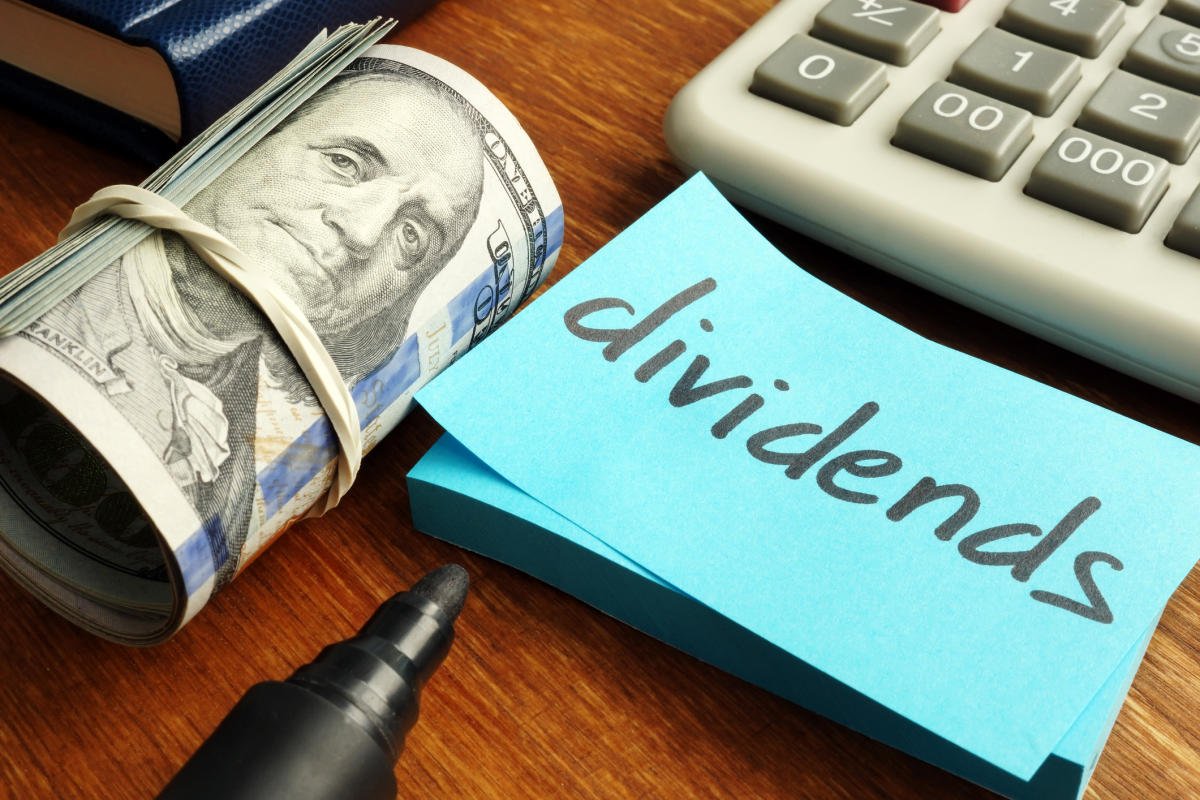Zacks Equity Research
7 min read
In This Article:
Chicago, IL – July 11, 2025 – The stocks in this week’s article are Astrana Health, Inc. ASTH, KT Corp. KT, Upbound Group, Inc. UPBD, Noah Holdings Ltd. NOAH and DXP Enterprises, Inc. DXPE.
Investors are typically fixated on the price-to-earnings (P/E) strategy while seeking stocks trading at attractive prices. This straightforward, easy-to-calculate ratio is the most preferred among all valuation metrics in the investment toolkit for working out the fair market value of a stock. But even this ubiquitously used valuation metric is not without its pitfalls.
Although P/E is the most popular valuation metric, a more complicated multiple called EV-to-EBITDA works even better. Often considered a better alternative to P/E, it gives the true picture of a company’s valuation and earnings potential, and has a more complete approach to valuation. While P/E considers a firm’s equity portion, EV-to-EBITDA determines its total value.
Astrana Health, Inc., KT Corp., Upbound Group, Inc., Noah Holdings Ltd. and DXP Enterprises, Inc. are some stocks with impressive EV-to-EBITDA ratios.
Here’s Why EV-to-EBITDA is a Better Option
Also referred to as enterprise multiple, EV-to-EBITDA is the enterprise value (EV) of a stock divided by its earnings before interest, taxes, depreciation and amortization (EBITDA). EV is the sum of a company’s market capitalization, its debt and preferred stock minus cash and cash equivalents. In essence, it is the entire value of a company. EBITDA, the other element, gives a clearer picture of a company’s profitability by removing the impact of non-cash expenses like depreciation and amortization that dampen net earnings. It is also often used as a proxy for cash flows.
Typically, the lower the EV-to-EBITDA ratio, the more enticing it is. A low EV-to-EBITDA ratio could indicate that a stock is undervalued. Unlike the P/E ratio, EV-to-EBITDA takes debt on a company’s balance sheet into account. For this reason, it is typically used to value acquisition targets. The ratio shows the amount of debt that the acquirer has to bear. Stocks flaunting a low EV-to-EBITDA multiple could be seen as attractive takeover candidates.
P/E can’t be used to value a loss-making firm. A firm’s earnings are also subject to accounting estimates and management manipulation. In contrast, EV-to-EBITDA is harder to manipulate and can be used to value companies that have negative net earnings but are positive on the EBITDA front. EV-to-EBITDA is also a useful tool in measuring the value of firms that are highly leveraged and have a high degree of depreciation. It can also be used to compare companies with different levels of debt.















